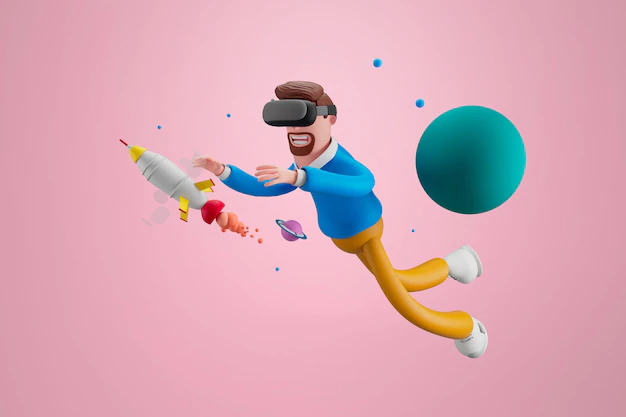Is It Better To Use Animation or Photos In E-Learning Videos?

Choosing the appropriate type of media for your e-learning course might be stressful and unbearable. A successful module depends on selecting the proper type of media, however, when can you use animations and when should you use photos? This post focuses on what to consider when choosing between animation or photos in e-learning videos.
Read: The Use of Animation in E-Learning Effectively.
Is it A must to Animate all the Videos
Although it is becoming more and more common, is the use of animation in eLearning videos a legitimate business strategy? Should animated eLearning content be the norm? Are photographs of real people more professional-looking than those of animated figures? Does the use of animation affect how valid your e-learning course is?
It’s crucial to decide between animation and images. It might result in more sales. Or you can spend a lot of money with little to show for it. Read on to discover more.
What might the problem Be?
Does using animation over images actually impact your company’s bottom line?
While cartoons may not seem objectionable to some people, others may find them offensive. Animation can be difficult for some individuals to understand. They have a hard time taking cartoons seriously. You should therefore make your decision carefully. Revenue is lost when consumers leave.
On the other hand, other audiences might enjoy a break from their workweek by watching animated videos that deliver a serious message. It’s crucial to understand your target audience’s demographics.
Instrumental Necessities to Consider When Choosing Between Animation or Photos in E-Learning Videos
Consider the following when choosing between animation and real photos.
- Who is your target market? Perhaps there is a group that firmly believes that animations have no place in the business sector. Perhaps a group of students studying graphic arts would better understand animation.
- What fits the branding of your company? Do the branding requirements mandate that videos exclusively include real people? Do they specify that animation is permitted, but only in particular circumstances? Is your company perceived as a serious, no-nonsense institution or a collection of young-at-heart nerds that love to have fun?
- What is most appropriate given the subject? Some subjects are better suited to a specific presentation style. While abstract subjects are typically best illustrated through animations or iconography, human emotions, for instance, are best caught in real-time video or photographs. Think carefully about this as you choose how to convey your content.
How will you find out? Easy. Make no assumptions. Submit inquiries.
You work as an instructional designer. You are making an online learning video for a business unit about customer service. Obtain a copy of their branding principles from them. Question them if they would rather have real images or animation if they don’t have any. Show them instances of both, if possible.
Best of Animation
Motion graphics, also known as animated videos, are a great way to demonstrate concepts or intricate products. They are also effective at bringing hypothetical situations to life.
Photos at Its Finest
When introducing the organization to potential hires, real images are fantastic. Real people convey a message more effectively. Because people tend to relate to real individuals more than animated characters, photos are also a better option when you need to convey a strong emotional state, such as harassment or rage.
Check out Photo Canvas Prints for Wall Art.
Choosing the Best Talent
People have emotional connections with one another. Although animated characters are more difficult to relate to than real people, animated videos do include emotion. Real individuals in your films assist your staff associate with a reliable person. What you have to do are, Employ actors or a professional agency, utilize your executives and staff and utilize stock video.
There is no need to splurge. Go for it if actors are in your budget. However, using your staff can be successful as well. Utilizing pre-shot stock footage with the appropriate editing is another option.






